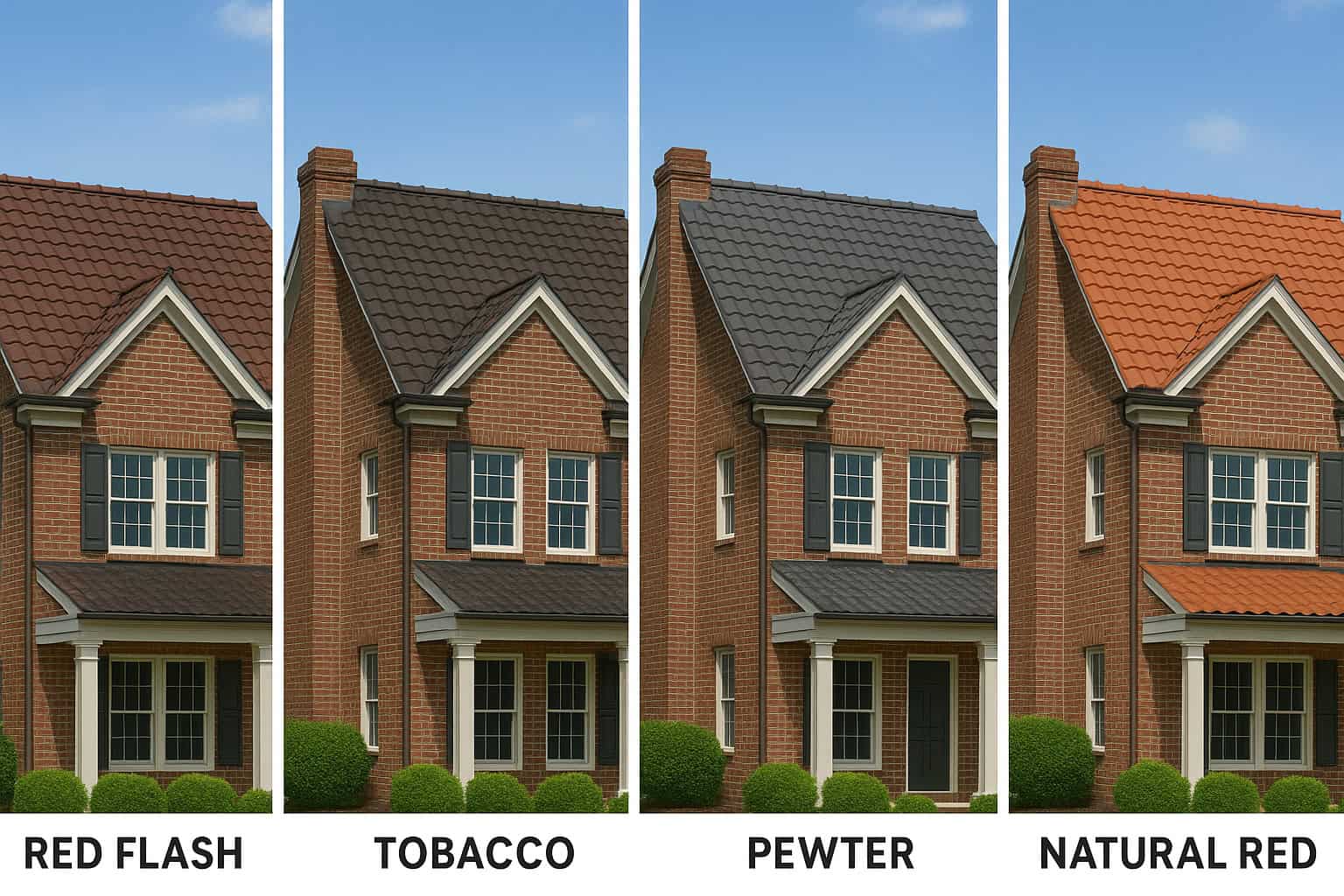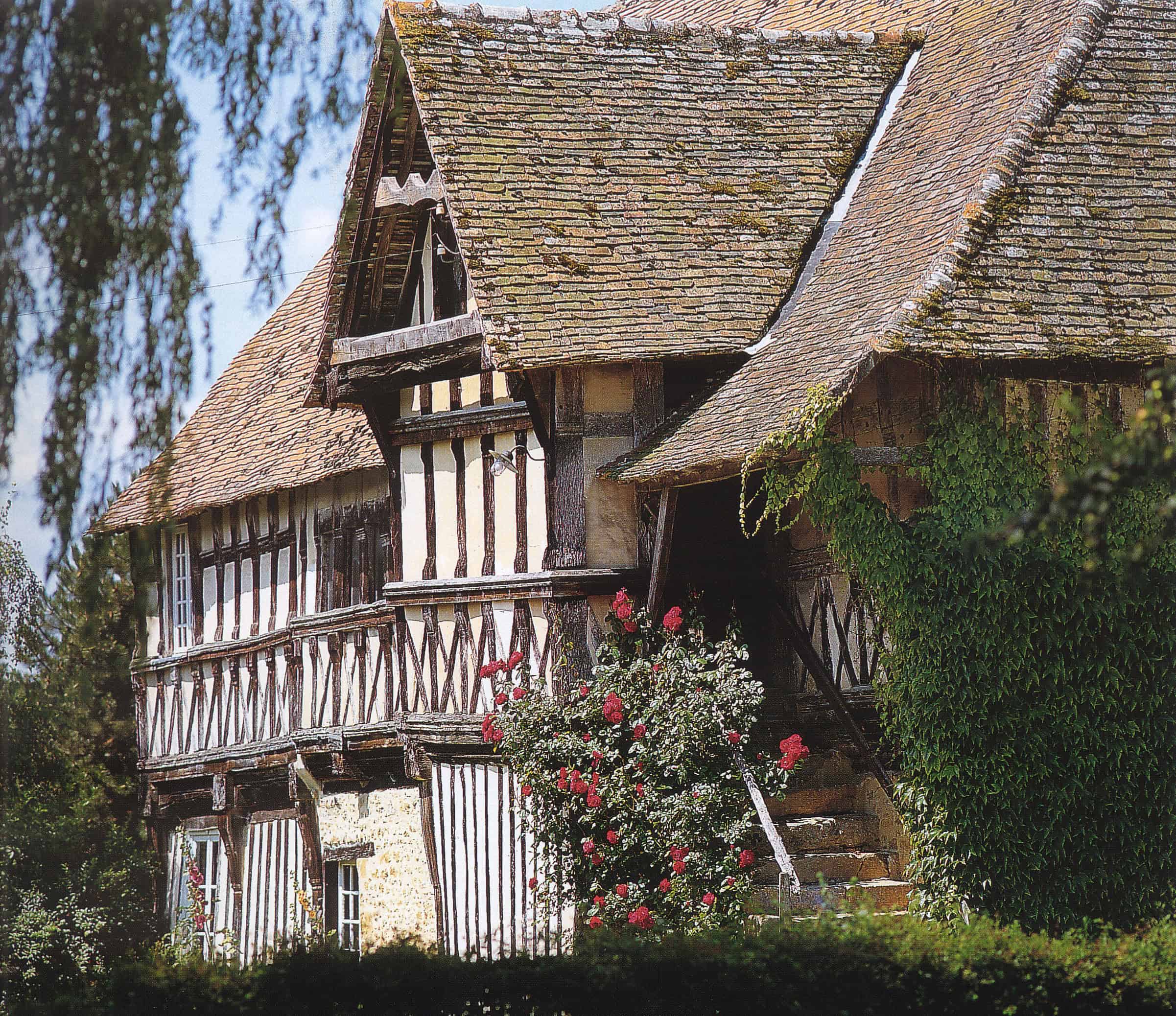When you’re choosing a clay roof tile for your home, you’re not just picking a colour; you’re deciding on the profile. This is the shape and form of the tile, and it makes a huge difference to the look, the installation, and even the cost of your finished roof. Here at Northern Roof Tile, we help American homeowners and builders navigate the choice between the two main types: the classic Pan & Cover (often called Mission Tiles) and the modern, efficient Interlocking Clay Tiles. This choice is about more than just aesthetics; it’s about finding the perfect fit for your home and budget.
Read: Clay Roof Tiles Keep Your Cool in the summer
The Great Debate: Pan & Cover vs. Interlocking Tiles
The simplest way to understand the difference is to think about how the tiles protect your roof.
What Are Pan and Cover (Mission) Tiles?
The Pan and Cover profile is the traditional, timeless look you see on classic Spanish, Mediterranean, and Southwestern-style buildings. It’s an ancient design, and for good reason: it works beautifully.
This profile uses two distinct pieces to create its iconic look. The “pan” tile is the concave (curved inward) piece laid face up, which acts as a trough to channel water. The “cover” tile is the convex (curved outward) piece, laid face down, which caps the joint between two pan tiles. These are often referred to as Mission Tiles in North America because Spanish missions popularized them centuries ago.
Because the tiles are essentially laid in two separate layers and don’t physically “lock” together, they require a precise installation method and often more skill than modern alternatives. The distinctive shadow lines and deep curves of Pan and Cover tiles give a roof an incredible texture and character that is simply unmatched. When someone talks about a classic, authentic clay roof, they are almost always talking about this beautiful, traditional style.
The Rise of Interlocking Clay Tiles
On the other side of the debate, we have Interlocking Clay Tiles. These are a more modern invention, designed to mimic the look of traditional tiles while simplifying the installation process dramatically.
An interlocking tile is a single piece designed with ridges, grooves, and rebates along its edges. These features literally lock the tile into the surrounding pieces, creating a continuous, weathertight surface. Think of it like a puzzle—each piece fits securely into the next.
The beauty of the interlocking design is its efficiency. It provides excellent water-shedding capabilities with less overlap compared to Pan and Cover. This means a single layer of interlocking tiles can offer the same or better protection than the two-piece Pan and Cover system. They come in a massive range of styles, from profiles that look like flat slate to others that closely resemble the curves of a traditional Pan and Cover tile. Homeowners looking for a clay roof tile type that combines classic beauty with modern performance often choose these.
Installation, Water-Shedding, and Cost Comparison
The installation process is where the biggest differences emerge, and this directly impacts your project’s overall cost.
Feature | Pan and Cover (Mission) Tiles | Interlocking Clay Tiles |
Pieces per square foot | Two pieces (Pan and Cover) | One piece |
Installation Complexity | High. Requires precise spacing and layering. Labour-intensive. | Medium. Designed for faster, more predictable installation. |
Material Usage | Generally requires more material overlap (or two separate tiles) per square foot of coverage. | Uses less material overlap, covering more area per tile. |
Water-Shedding | Excellent. Relies on the two-piece trough system and gravity. | Excellent. Relies on precision-moulded, tight-fitting seals. |
Cost | Typically higher labour and material costs due to complexity and volume. | Generally lower installed cost due to faster installation time and less material waste. |
When to Choose Traditional Pan & Cover
While interlocking tiles are efficient, there are still excellent reasons to choose the traditional Pan and Cover profile:
- Authenticity: If you are restoring a heritage home or building in a strict architectural style (like Spanish Colonial or Mediterranean Revival), the mission tiles profile is often required for historical accuracy and unmatched aesthetic depth.
- Texture and Shadow: No other tile creates the same random, deep, and dramatic shadow lines. This look is perfect for homes where the roof is a major architectural feature.
- Unique Profile: If you want a roof that is visually distinct and immediately recognizable as the classic, rustic clay tile, this is the way to go.
Ultimately, the choice comes down to a balance between budget, architectural style, and the speed of installation. Whether you opt for the classic artistry of Mission Tiles or the efficiency of modern Interlocking Clay Tiles, Northern Roof Tile has the expertise and the quality European product to ensure your roof lasts for generations.
Meta Title:Choosing the Right Clay Roof Tile Profile for Your Home
Meta description:Learn the difference between Pan & Cover and Interlocking Clay Tiles to choose the perfect roof for your home. Expert advice from Northern Roof Tile.







